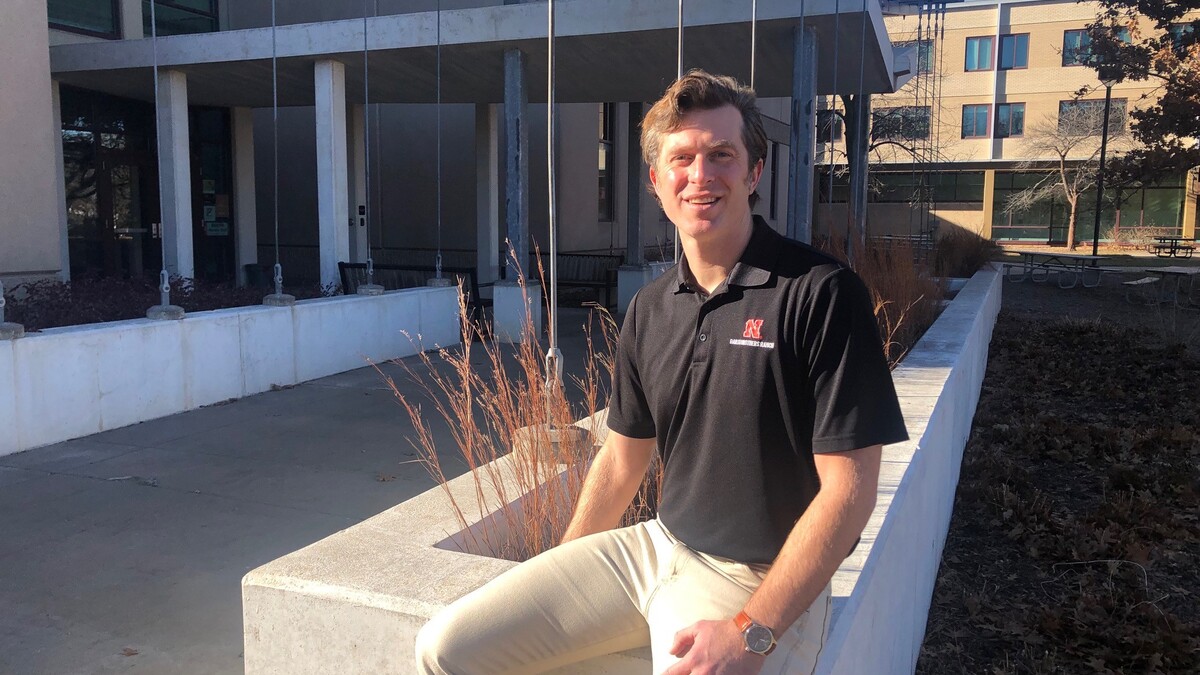
Lincoln, Neb. — Adam Leise has been selected as the new director of the On-Farm Research Network. Leise, a recent graduate from the University of Nebraska-Lincoln, brings both academic expertise and personal experience to the role, having grown up on a farm and ranch in Hartington.
The University of Nebraska‑Lincoln’s On-Farm Research Network collaborates directly with producers to address critical questions surrounding production, profitability, and natural resource management. Leise's background in agriculture and his master's degree in weed science from Amit Jhala's lab make him an ideal program leader. His thesis focused on the innovative See and Spray technology, demonstrating potential herbicide savings in corn and soybean fields.
"I am thrilled to step into this role and work with so many individuals involved in crop production and agricultural profitability," said Leise. "I'm eager to help answer farmers' questions and drive research that supports the future of Nebraska's agricultural community."
On-Farm Research: A Crucial Resource for Nebraska Farmers
The On-Farm Research Network plays a vital role in Nebraska's agricultural success by enabling producers to participate in rigorous, replicated research tailored to the unique conditions of their land. Each farm is different, and working directly with farmers to address specific concerns leads to valuable insights not only for individual operations but for the entire state.
"On-farm research is crucial for Nebraska, as each farm has unique structures, histories, practices, and goals," Nav Ghimire, associate dean of Nebraska Extension said. "It enables farmers to directly test new, research-driven practices, products, or technologies in their specific growing conditions."
Building on a Legacy
Nebraska Extension's history of on-farm research stretches back to 1989, when the Nebraska Soybean and Feed Grains Profitability Project brought together 20 producers in Saunders County to conduct randomized, replicated research to improve farm profitability. The success of this initiative led to the creation of the Quad Counties research group in 1998, expanding on-farm research to Clay, Fillmore, Hamilton and York Counties. The Nebraska On-Farm Research Network was established in 2012, continuing this tradition of producer-driven research across the state.
As Leise looks ahead, his goal is to push for even more research, building a knowledge base that provides economic stability and actionable insights for Nebraska farmers.
For more information about the Nebraska On-Farm Research Network, please visit on-farm-research.unl.edu.







